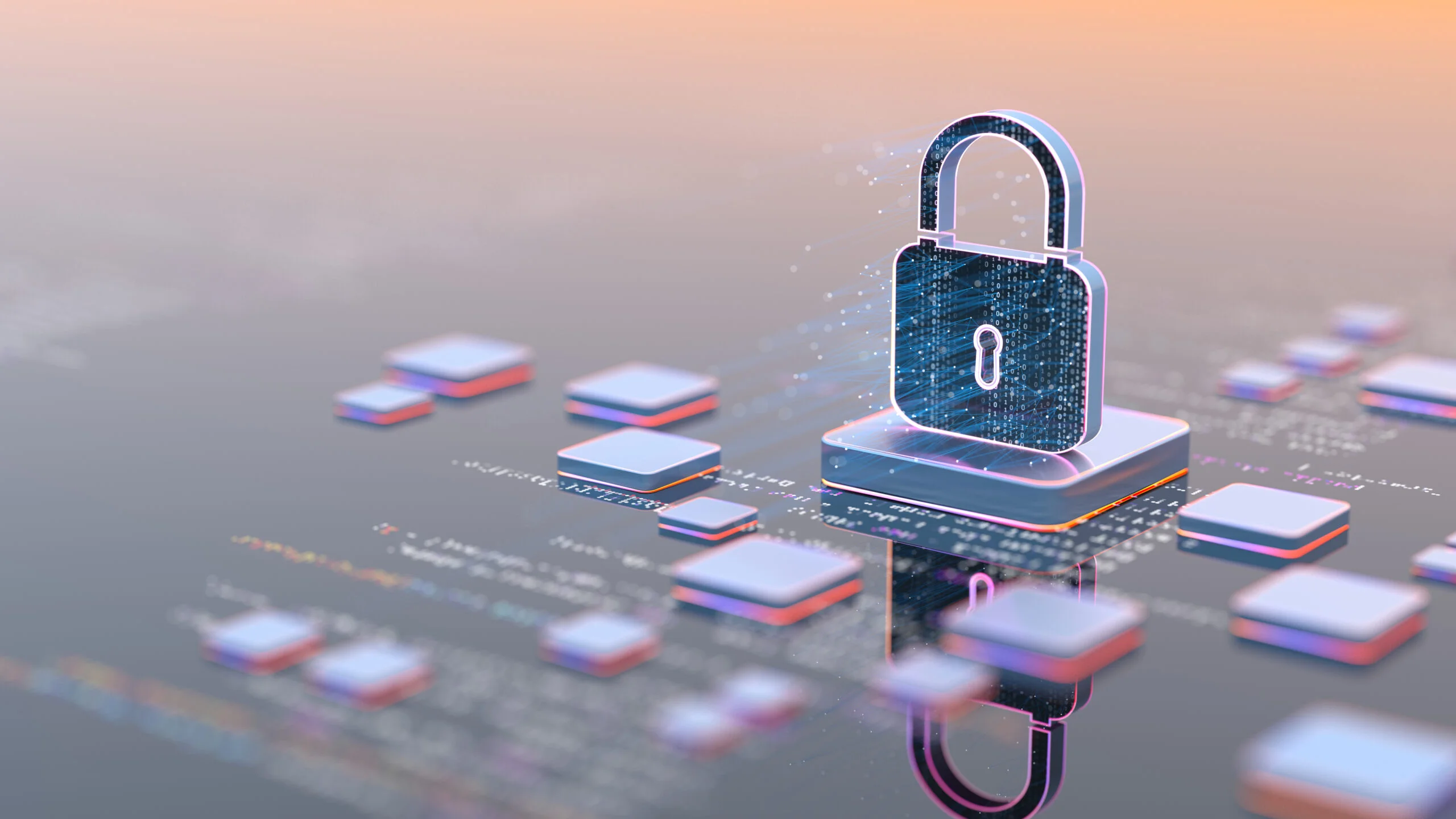In the wake of an aging grid, extreme weather events, and increasing adoption of clean energy sources, utilities are at a crossroads, an inflection point that challenges the industry to change or struggle to continue to meet demand. In the past, the technological landscape hasn’t proven disruptive to the utility industry, a natural monopoly that requires continuity of service to satisfy energy needs. As such, there hasn’t been any great incentive to adopt new technologies in the industry, which could prove challenging to implement, and potentially expensive to realize. Still, with market-driven tech disruption and global decarbonization efforts, finding an affordable solution to grid reliability and affordable energy is imperative, but more accessible than ever. Let’s look at how the right utility saas solutions can lower upfront costs for the demand flexibility and distributed energy resource (DER) programs needed to decarbonize, lower energy costs, and enhance grid reliability.
What is a Utility SaaS Solution?
Software-as-service (SaaS) subscription models are a licensing and delivery strategy that uses cloud computing to provide programs and updates. Historically, software targeted toward the utility industry has been focused on solving reliability and maintenance issues, or for focused pain points such as forecasting, meter reading, and processing customer payments. Of course, subscription service models are nothing new, although modern services like streaming media have popularized SaaS solutions to the public. The success of these streaming services served as a means test for larger organizations who may have been shy to adopt unproven technologies. For utilities, these SaaS solutions can dramatically improve demand flexibility program efficiencies, saving money, time, and resources.
Basic Differences in SaaS Solutions & On-Premise Models
Cloud computing has roots as far back as the 1960s with DARPA, although advancements in technology (see: Moore’s Law) have exponentially increased the effectiveness of this now indispensable strategy. It wasn’t until the turn of the century that cloud computing became a practical solution to any computational needs. Before that, the common method for software solutions was the on-premise model, which, as the name suggests, is the practice of updating individual computers or servers by hand using antiquated disks to install and update software. SaaS solutions replace that time-consuming process by utilizing the internet of things (IoT) for updates remotely and automatically.
Typically, on-premise software requires installation experts and bandwidth on a utility’s local server. Since the software is installed and owned on-premise, it means that the utility gains perpetual access to the software license, and owns their specific instance of the program outright-–including all maintenance and updates in the future. Whenever there is a major version upgrade or new feature enhancements, these must be purchased and installed manually.
By comparison, SaaS solutions are owned and maintained on the software company’s server, requiring no local bandwidth or maintenance. All of the technology is supported and updated by the software developer, and then shared remotely with all its subscribers via the cloud. This removes the need for an individual utility to be a software expert, or to maintain programs on their local servers. It allows utilities to focus on their energy expertise and partner with software providers whose sole job is maintaining and enhancing software capabilities for their clients.
What Can SaaS Solutions Do for Utilities?
As with different distributed energy resource management system (DERMS) models, utility SaaS solutions offer a range of potential applications for innovative operations. A good example of this need for change can be found in the microcosm of EV batteries and public adoption. Global EV sales grew 40.9% (2.2 to 3.1 million) from 2019 to 2020, faster than the predicted rate of growth. With the adoption of more electric vehicles, managing EV charging has taken on a renewed importance. Fortunately, with tools like EV telematics, utilities can continue to fine-hone their managed charging programs to better serve and engage customers. Let’s look at a few common applications for utility SaaS solutions:
- DERMS – An acronym for distributed energy resource management system, DERMS is the governing principle for your various BYOD programs. Your DERMS should help you with your event calling while providing opportunities for additional functionality, including some of what’s listed below.
- Demand Flexibility – Demand flexibility programs include demand response, a conservation program that minimizes energy consumption during peak periods of usage.
- Virtual Power Plants – A conglomerate of otherwise disparate DERs (i.e. utilizing the solar panels from various residential homes), a virtual power plant is a cost-effective alternative to expensive fossil fuels. Furthermore, because VPPs pull from renewable energy sources, they serve greater decarbonization efforts while strengthening the grid and lowering your energy spending.
- Forecasting – As you might expect, forecasting tools are designed to help utilities prepare for the eventualities of tomorrow, today. A robust utility saas-solution looks at historical and real-time data to better predict potential energy needs, which in turn allows utilities to strategically purchase the most affordable energy to meet their needs.
These solutions are just the beginning, as software developers continue to innovate to find environmentally friendly resolutions to climate change and tech disruption. So what concerns might a utility have over SaaS solutions? Let’s take a look.
Potential Concerns w/Utility SaaS-Solutions
Along with hospitals and municipal services, there are few operations more critical to modern life than the utility industry; A tech solution that doesn’t work out has real-world impacts on customers and their power supply. With on-premise solutions, utilities are obligated to run updates by hand, albeit with the security of knowing that their computational needs exist within a closed circuit, independent of outside agents.
It’s also worth noting that utilities that employ on-premise solutions own that software. While on the one hand, this saves on potential subscription fees, it also encumbers utility operations with a solution that is perpetually out of date, and slow and costly to remedy. Considering the rampant growth of EV adoption, personal solar, and beyond, on-premise solutions limit the capacity of any operation to remain nimble in meeting the ever-evolving demands of its customer base.
Factors To Consider When Selecting a SAAS Solution
When evaluating any software solution, it’s important to consider several categories of competency, including the software’s technical capabilities, the software company’s security protocols, and cyber security certifications, support options, the cadence of new releases, and finally, the long-term viability of the software provider as a future partner. These factors are mainly broken down into two categories: support and security. Let’s address these categories individually, with some suggestions of what to look for when evaluating potential SaaS solutions.
Considerations for SaaS Solution Support
Opting for SaaS means giving up a certain amount of control over how your software is maintained because it will not be located on your company’s server. This means that a knowledgeable, accessible support team is just as important as the technical capabilities of the software. Vet potential vendors for their technology solutions as well as their ongoing support models.
It’s also important to evaluate the longevity of the software, and if it can grow and evolve with your needs. With so many new technologies rapidly emerging in the clean energy landscape, it’s important to find a partner who is anticipating your future needs and scaling their solutions as your programs grow and evolve. Ask questions about a potential vendor’s future roadmap, release note schedule, and troubleshooting protocols.
Considerations for SaaS Solution Security
It’s critical that you’re able to trust the security of your SaaS vendors since that will impact your internal operations as well as your customer’s data. Ask many questions during the vetting stage, and involve your internal IT and support teams as early in the process as possible. They’ll likely have questions that impact the entire project that you may not have considered when evaluating the functionality that you’re most interested in.
SaaS solutions can be incredibly safe, and offer the same amount of protection that on-premise software affords. The key is to select a software partner that highly values security, and treats your data as judiciously as their own. Inquire about any security certifications the company has achieved, such as SOC 2 compliance. As questions around data encryption, guaranteed uptime, and failover. If you aren’t sure what questions to ask in an initial consultation, ask your key internal stakeholders for their list of questions and requirements for any potential new software vendors.
Conclusion: Utility SaaS-Solutions
Utility In 2022 and beyond, utilities are feeling more pressure to adapt to a changing landscape. Between regulatory decarbonization mandates, increasingly complex load shape, climate change, an aging grid infrastructure, and a rising educated prosumer base who are adopting clean energy sources at a rapid rate–utility companies must update their models to survive these new conditions.







